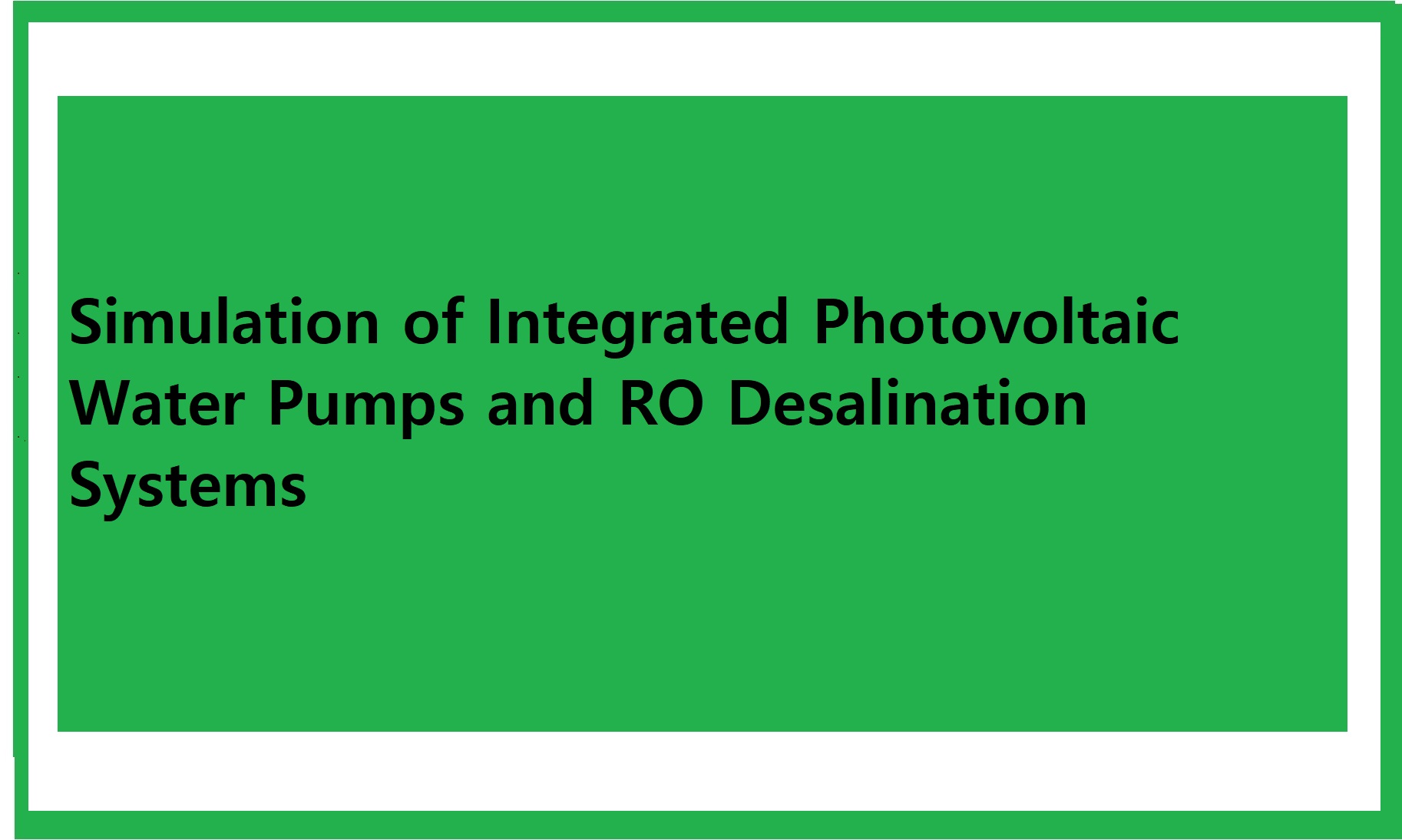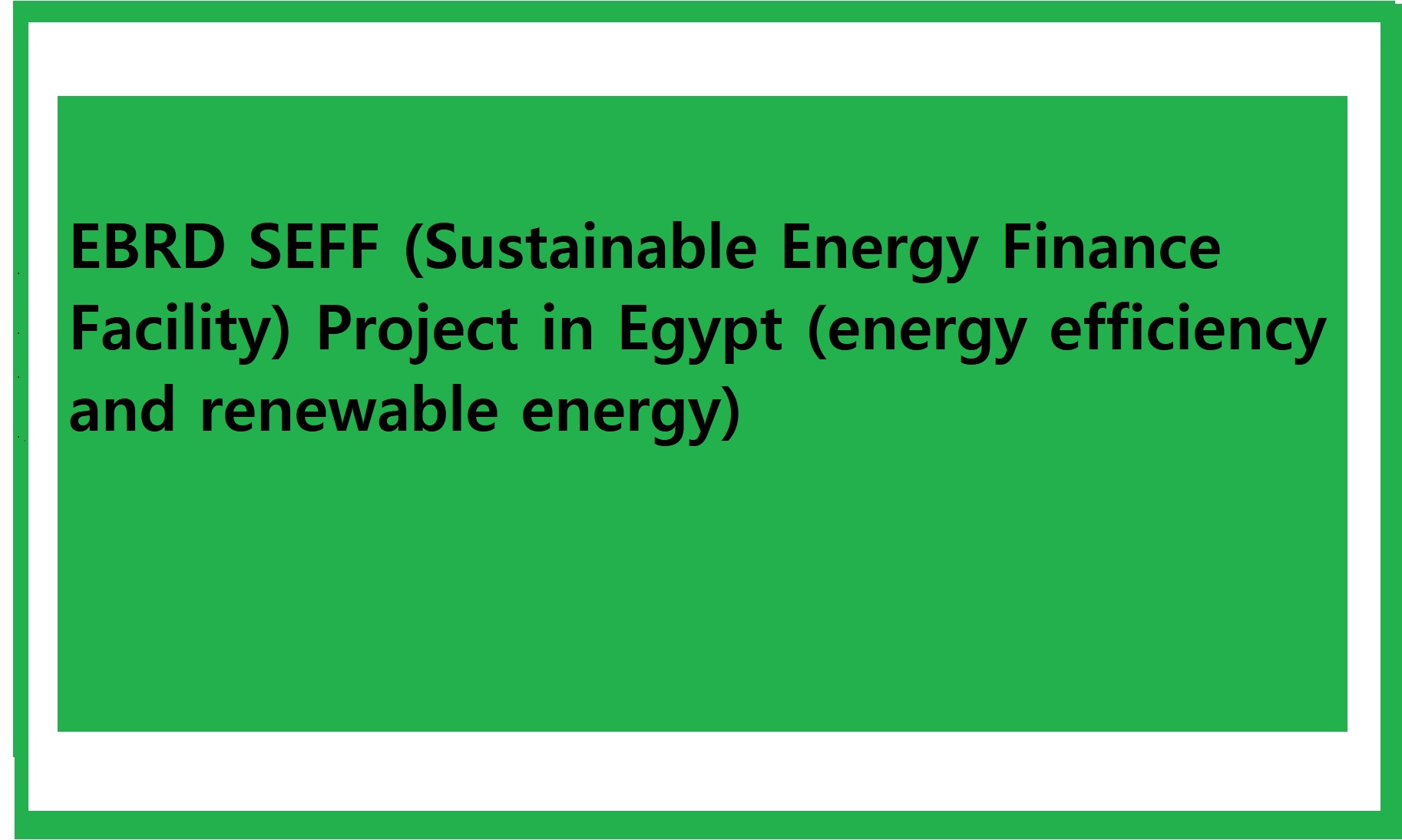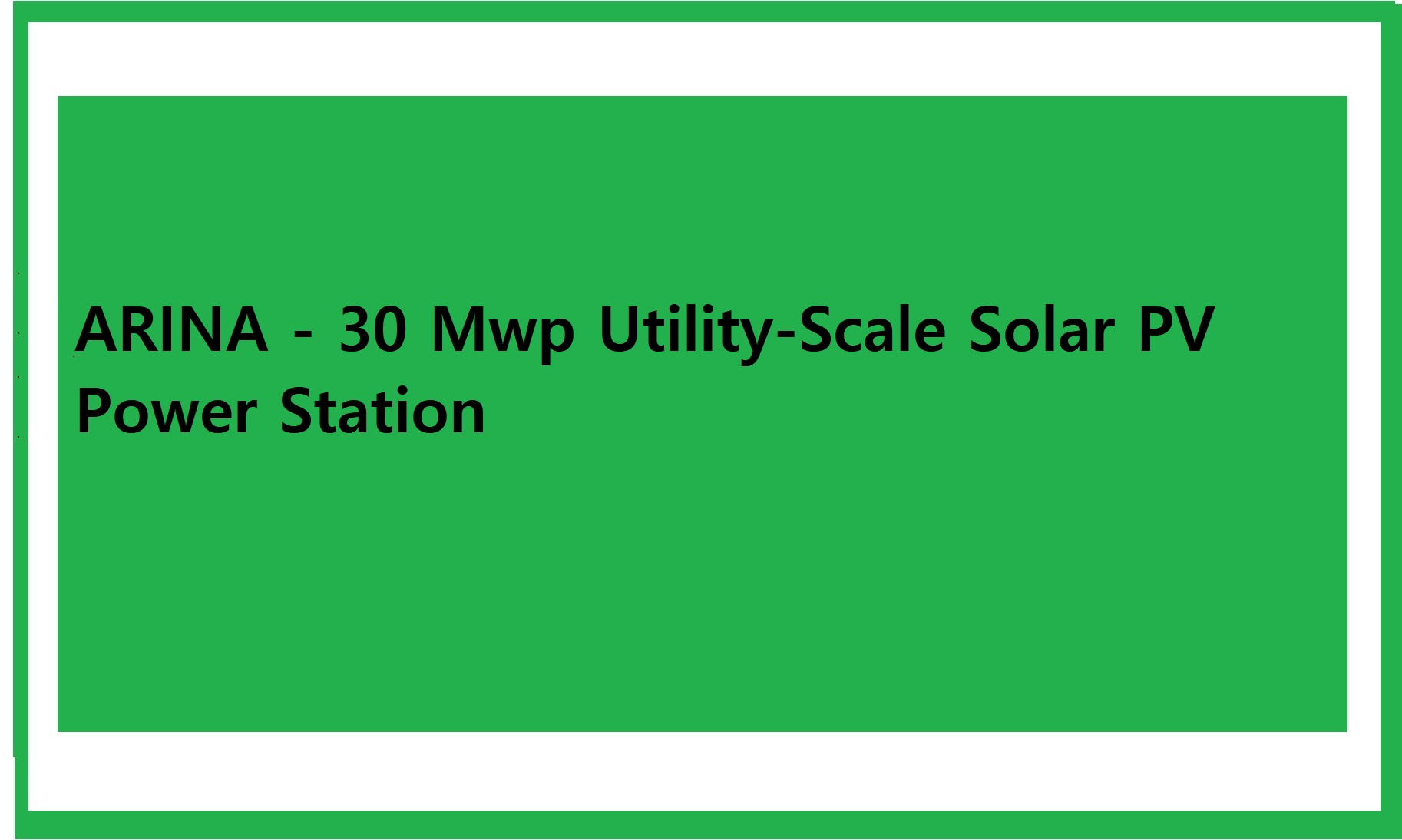
Overview
System Modelled
The model in total had 44 parameters and 19 inputs entered to the deck file and 65 outputs resulted from the simulation process.
The
system under study (figure .1) consists of (i) a power supply, (ii) a
DC/AC inverter, (iii) an AC induction motor, (iv) a centrifugal pump, (v) a
well, (vi) a water storage tank, (vii) an overflow protection device and (viii)
a water desalination system. Each component of the system has been modeled separately and interconnected with other components via a series of inputs and
outputs. The model simulates water pumping and water desalination systems
powered by PV via a DC/AC inverter. Based on the DC control algorithm of the
inverter used, the model simulates constant voltage tracking, voltage frequency
modulation and maximum power point tracking algorithms. For the AC control
algorithm of the inverter used, the model simulates “variable inverter
frequency, variable motor efficiency”; “variable inverter frequency, constant
motor efficiency”; and “constant inverter frequency, variable motor efficiency
algorithms”. The model also simulates grid-connected and diesel-powered water
pumping and water desalination systems. Systems coupled with a variable speed
drive can also be simulated.

Figure 1. System
components and power supply options
A Transient Simulation Program (TRNSYS)
TRNSYS was used to (i) enable all simulation options to be undertaken, (ii) consider transient and steady-state conditions and (iii) to easily update the simulation program for any further system development. TRNSYS’s modular structure enables the user to use “components” available in its library or to program and add newly developed components. A standard component, generally, consists of fixed parameters, and variable inputs, which could be outputs of other components and groups of outputs. A system is structured using a set of components interconnected in such a manner to execute a specific task designed by the programmer. A special program called a deck file is prepared by the user in which all components’ parameters are entered and controlled during the simulation. The deck file also manages the inputs and outputs of each component. In this work, Component Type 94 “PV Array” available in the TRNSYS library was modified to include a newly developed correlation for PV temperature and to simulate different types of inverter algorithms. Component Type 9 “Card Reader”, Component Type 25 “Printer”, Component Type 26 “Plotter” and Component Type 16 “Solar Radiation Processor” were also used from the TRNSYS library. Newly developed Components were: Type 101 “Water Pumping Subsystem”, Component Type 103 “Water Storage Tank” and Component Type 104 “Water Desalination Unit”. A TRNSYS deck file was developed to control the simulation of all Components. The model in total had 44 parameters and 19 inputs entered to the deck file and 65 outputs resulted from the simulation process.
Simulation
Flow Diagram
The flow diagram shown in figure 2 presents a general description of the model and the Components used. The diagram shows only the components and the inputs and the outputs that are used between the Components. The simulation process is controlled by a “deck program” where all parameters required by Components are included. Component Type 101 “Water Pumping Subsystem” simulates the performance of inverter, motor and pump given inputs from other Components and certain fixed parameters from the “deck file”. Insolation data on the horizontal plane is processed by Component Type 16 “Radiation Processor” to make the data available to Component Type 94 “PV Array”. If insolation at the plane of the PV array is available, then it can be used by Component Type 94 via Component Type 9 “Card Reader”. In-plane insolation and ambient temperature data together with other parameters are used by Component Type 94 to give PV power. Considering the type of inverter to be used in the PV water pumping system, the output PV power can be either a maximum power point value or a voltage tracking power. The latter can either be fixed voltage tracking or voltage frequency modulation output. These three different PV powers can be determined based on the inverter employed where certain parameters are utilized in the “deck file” to distinguish between the different types of inverters. When the voltage frequency modulation algorithm is selected, the system frequency obtained from Component Type 101 is used as input to Component Type 94, where an iterative internal loop is implemented between Component Type 101 and Component Type 94 to find the concerned voltage of the inverter. Inverter output power is determined using motor equations. Motor output power is calculated based on the type of power supply used. For the constant motor efficiency algorithm, certain equation is used and for the variable motor efficiency algorithm, another relevant equation is used.
Head-flow rate (H-Q) data and efficiency-flow rate (η- Q ) data of the pump are needed as data files.
. Simulation algorithms of
Components Type 101, 103 and 104 are illustrated in Figures 3,4 and
5 respectively.

Figure 2. System components simulation flow diagram

Figure 3. Component Type 101 “Water Pumping Subsystem” simulation flowchart

Figure 4. Component Type 103 “Water Storage Tank” simulation flowchart

Figure 5. Component Type 104 “Water Desalination Unit” simulation flowchart





